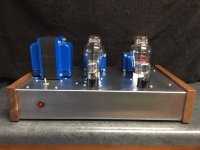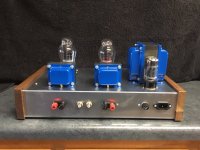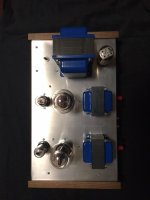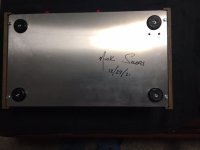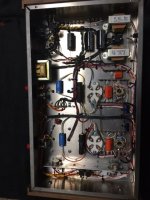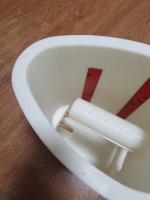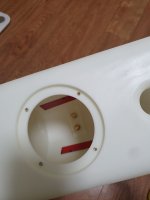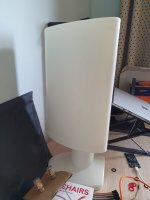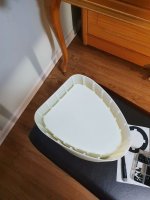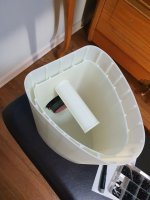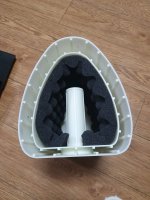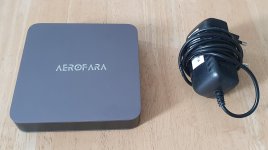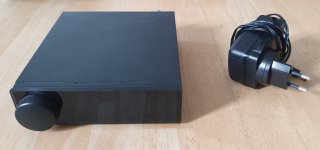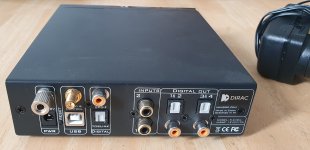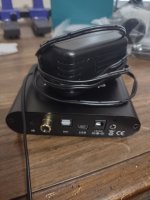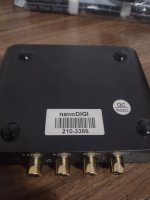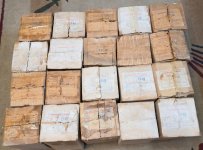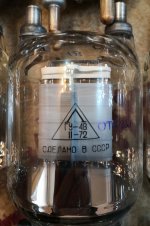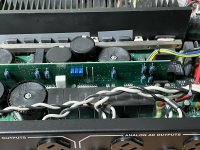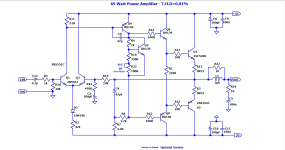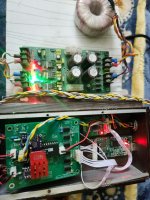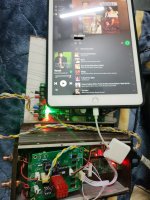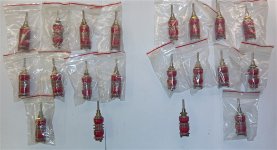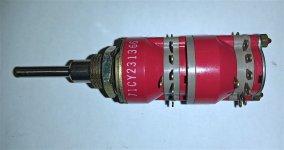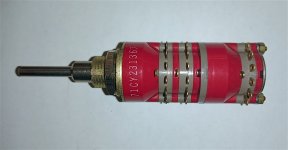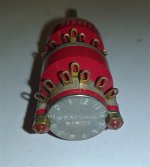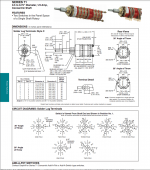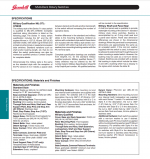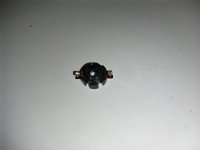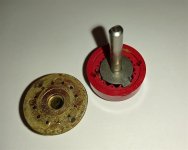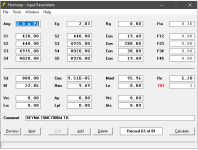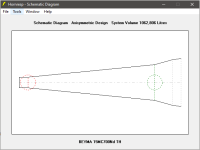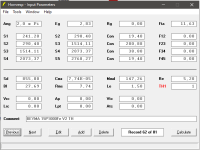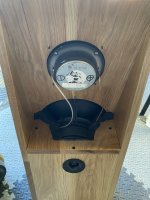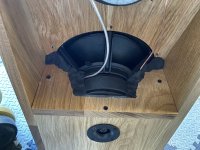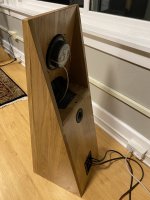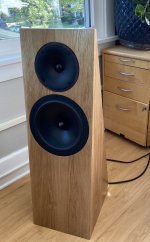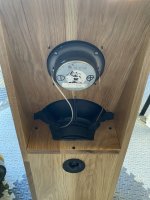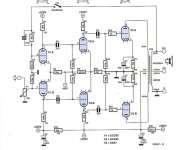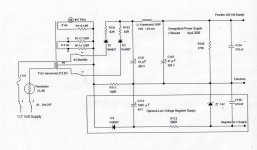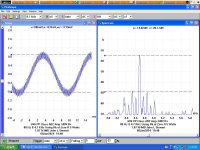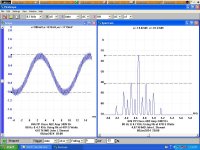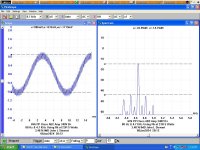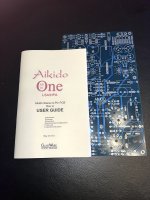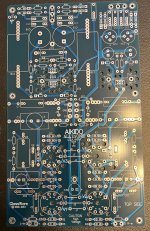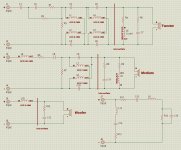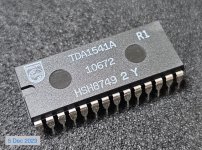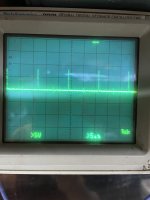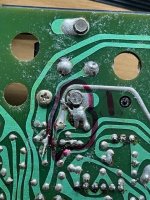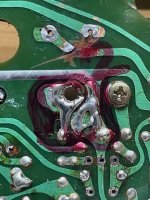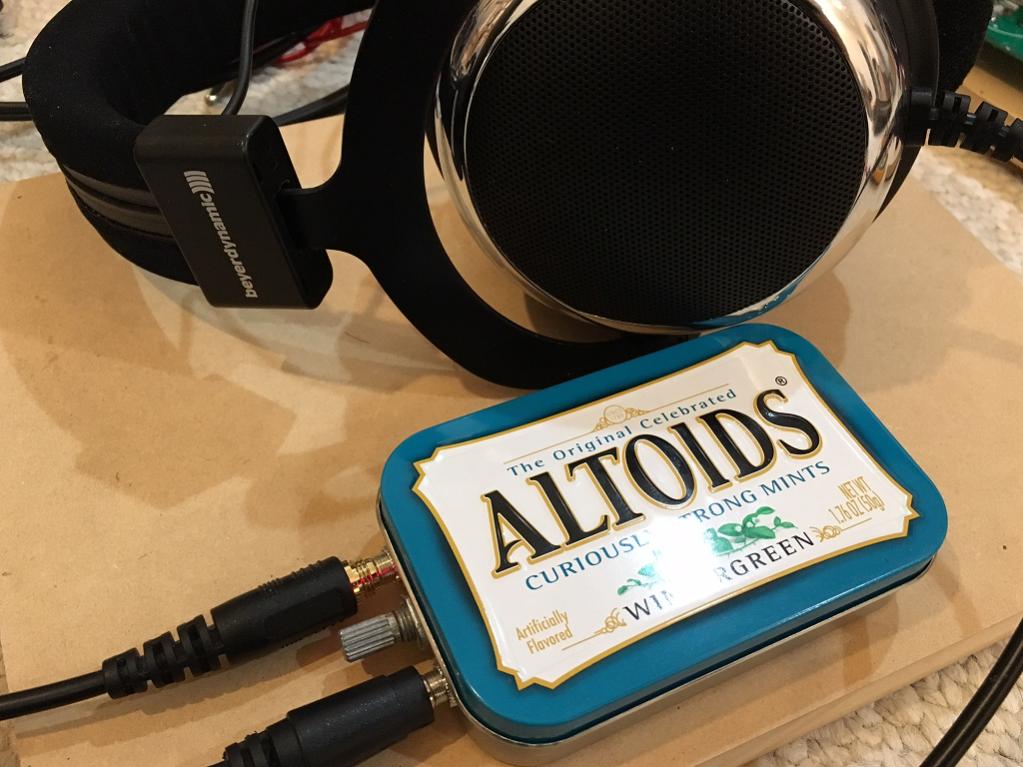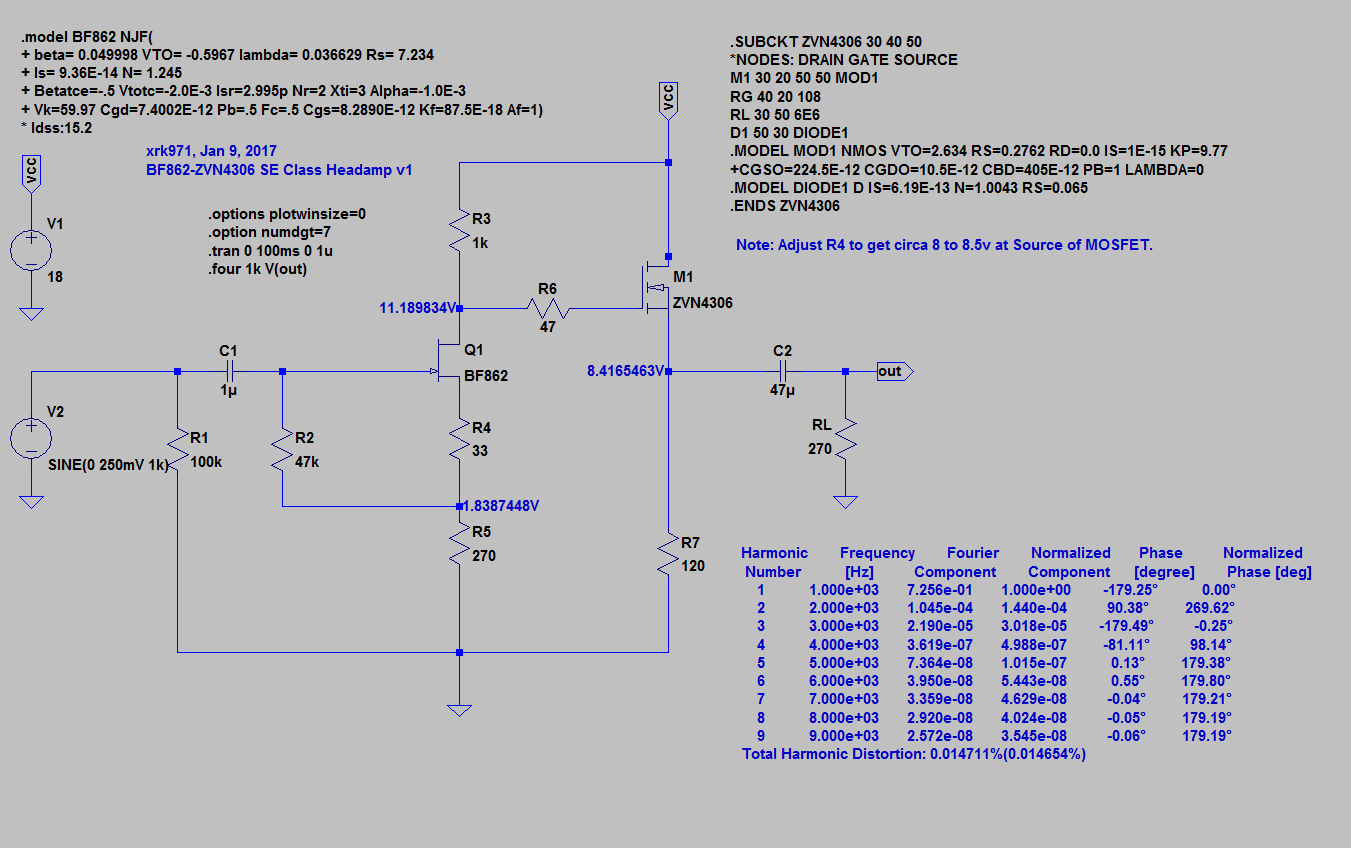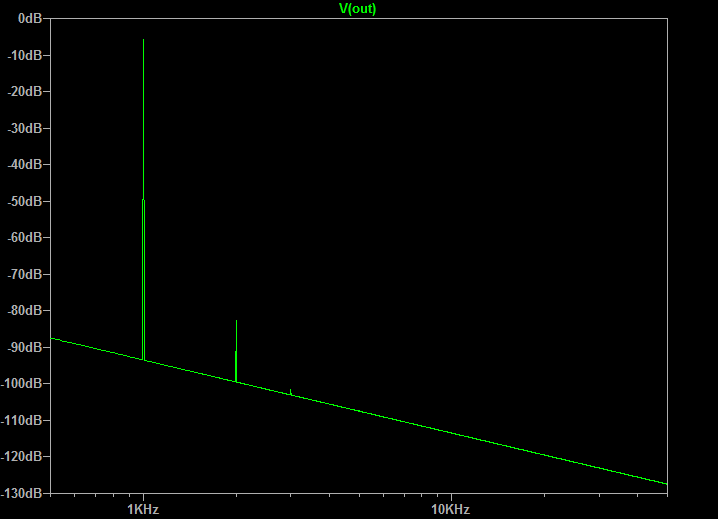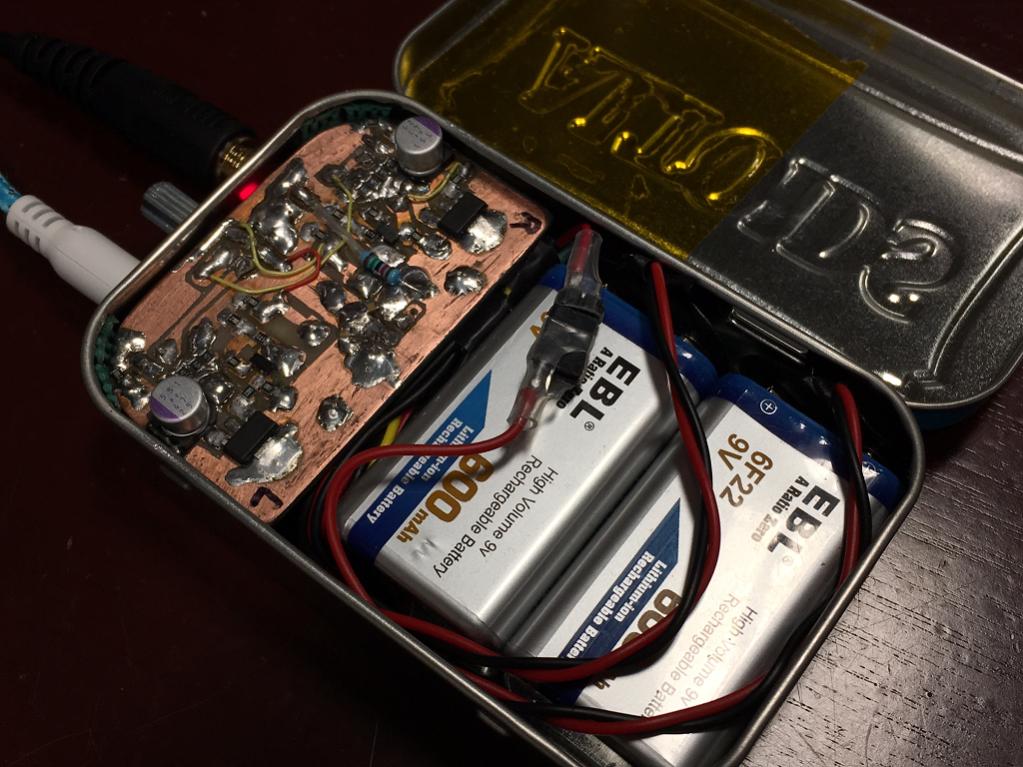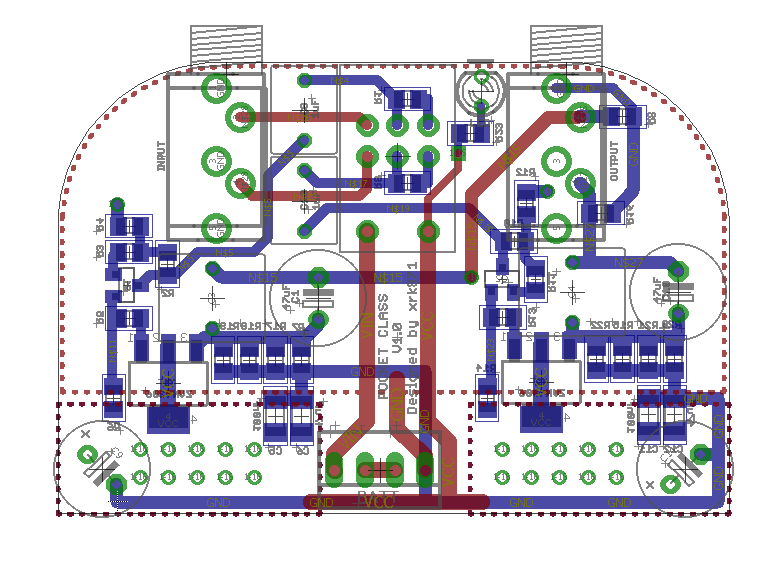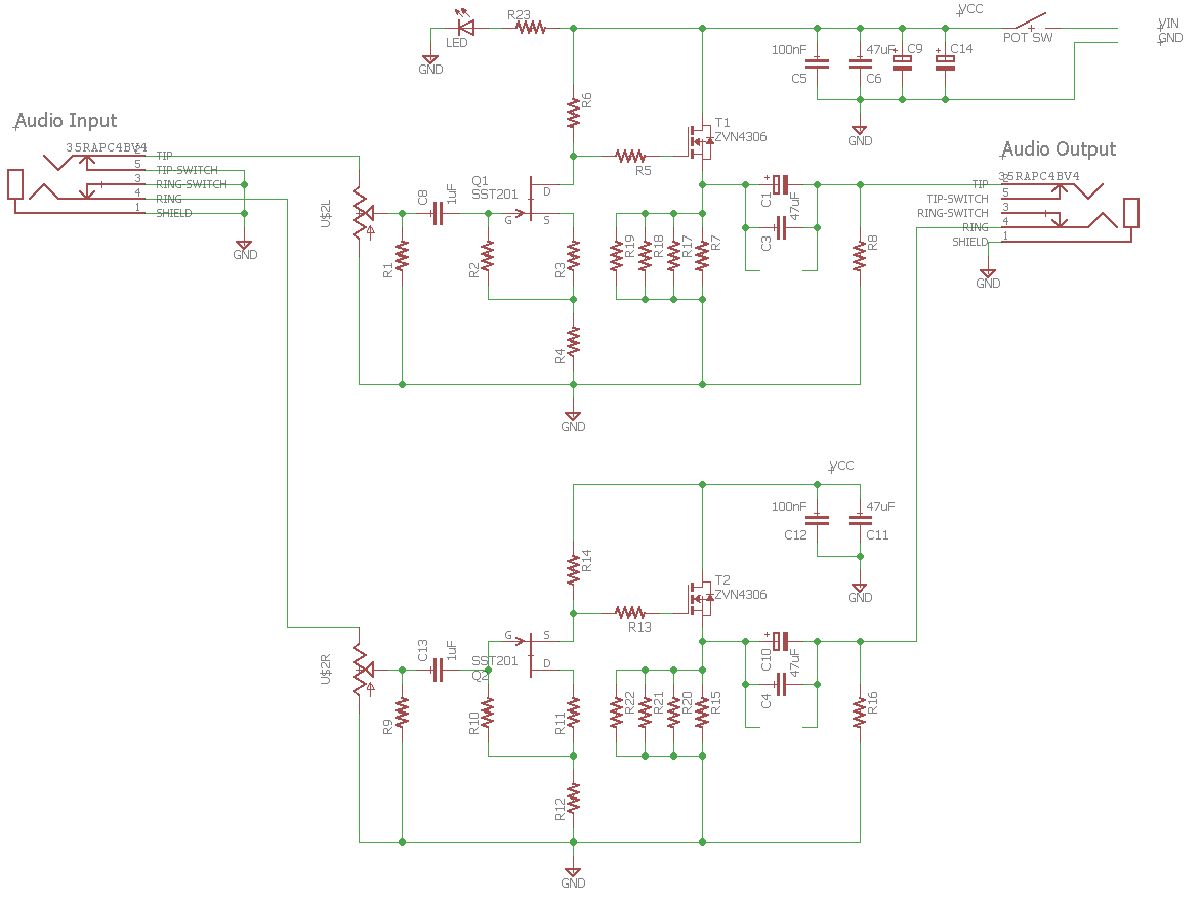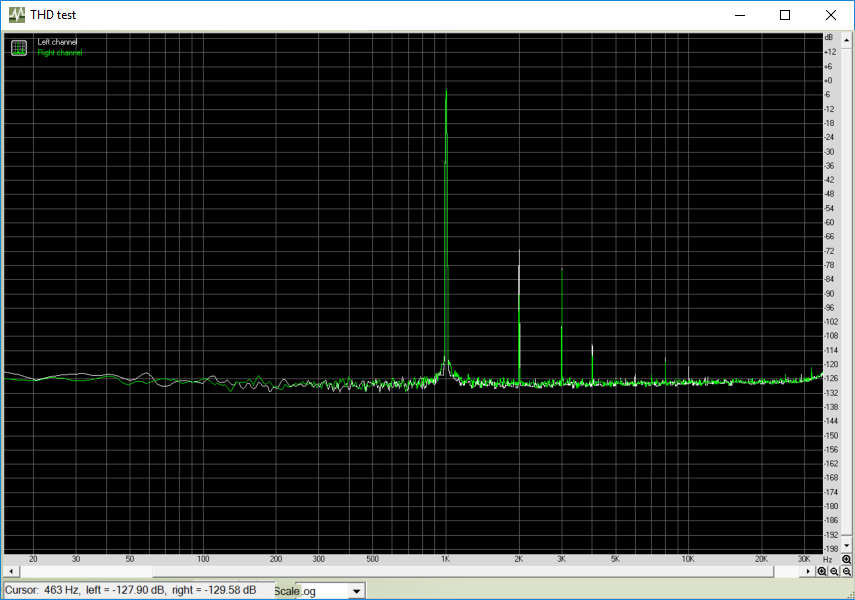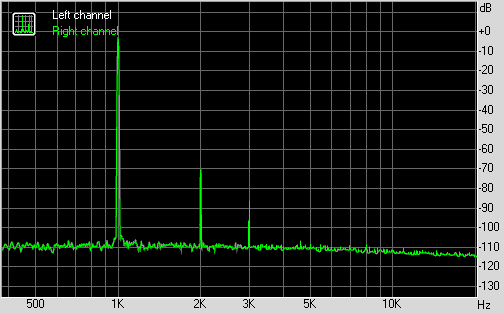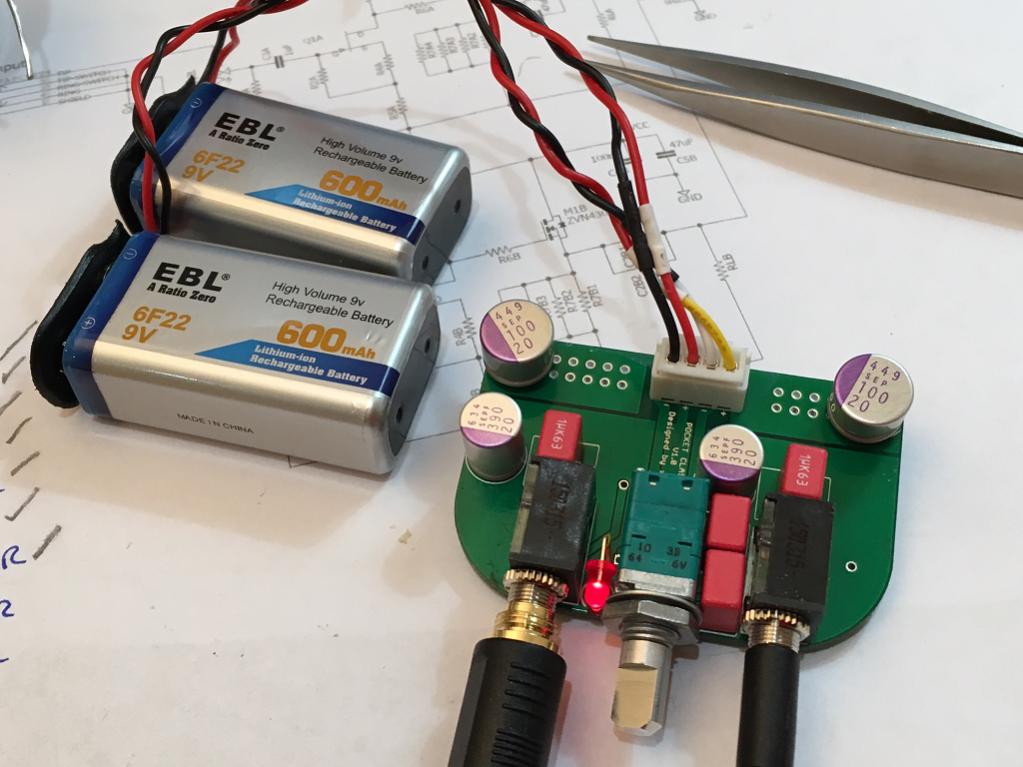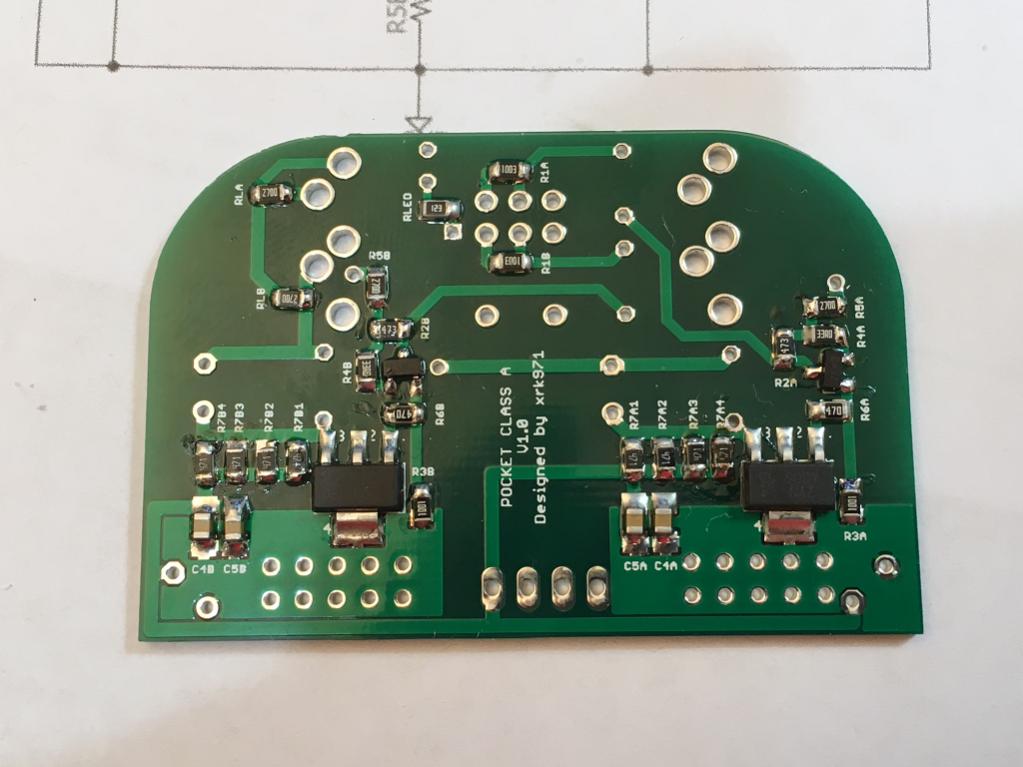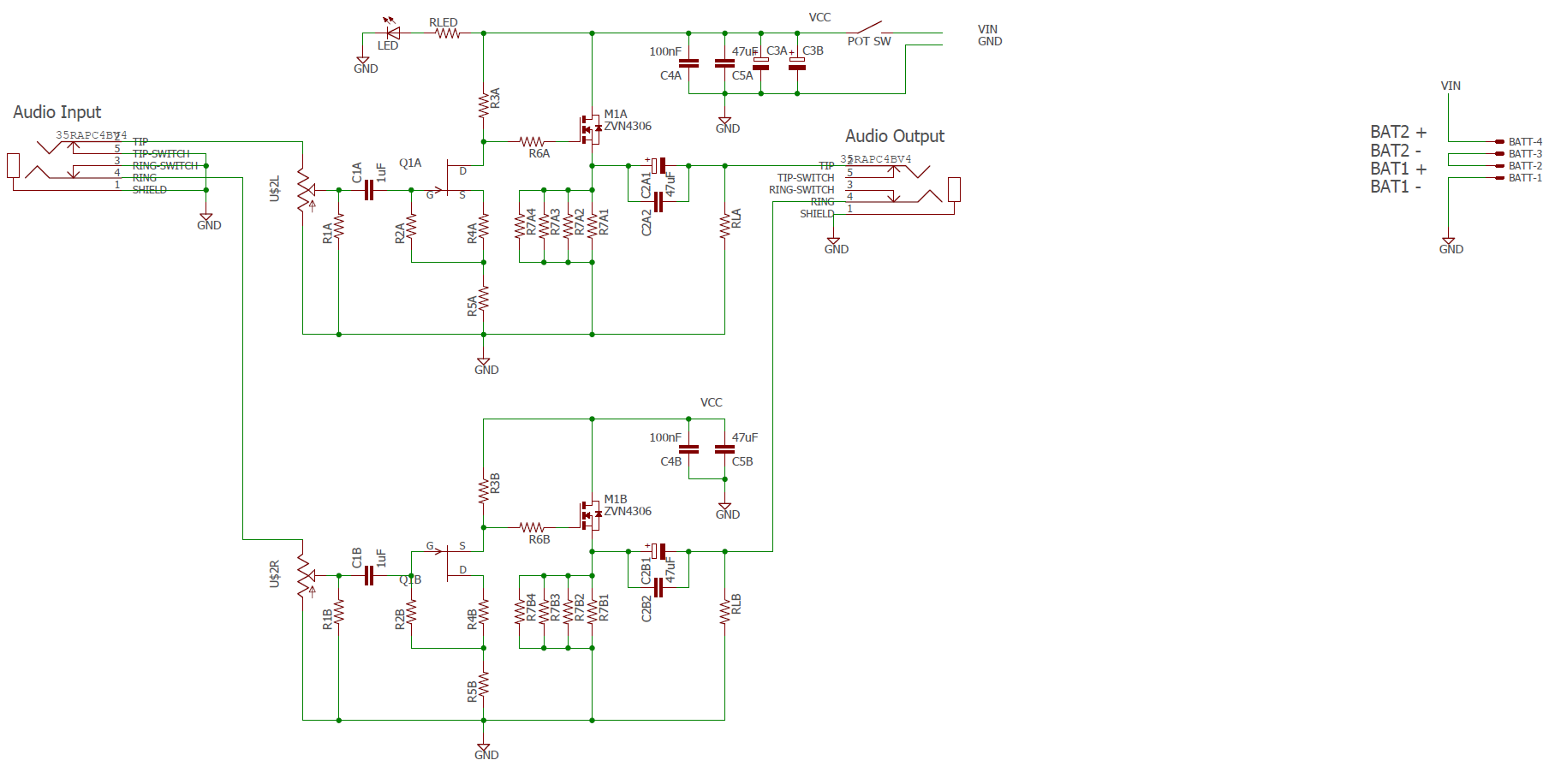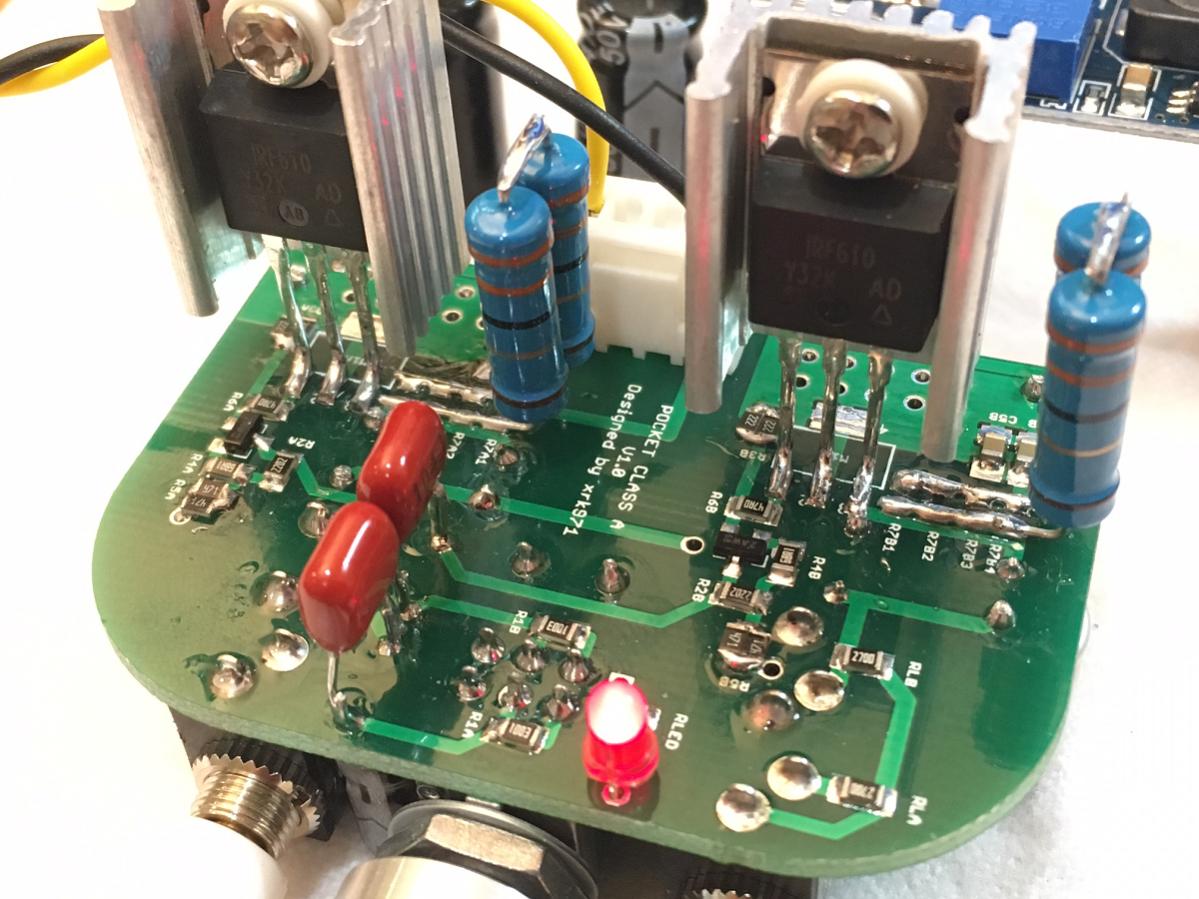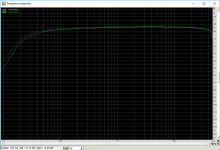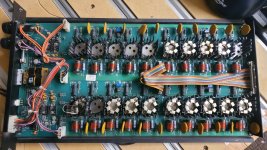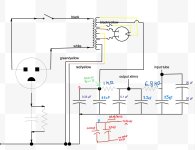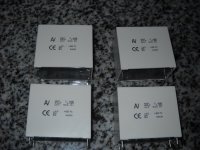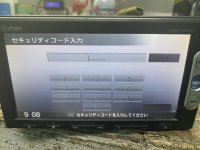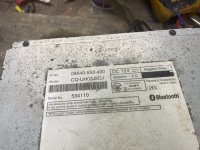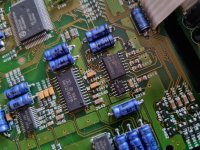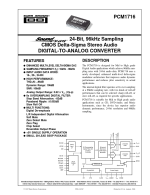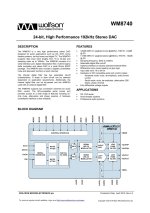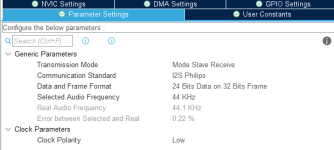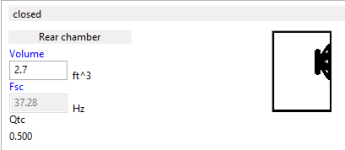I believe I invented a new kind of speaker enclosure.
This is an "Open Baffle Reflex Hybrid" which has the upper half of the woofer exposed on the rear of the cabinet (dipole), with the lower half of the woofer reflex loaded.
A special divider (see center photo of the oddly shaped piece of wood) wedges across the middle of the woofer, creating separation between the open baffle top and the bass reflex bottom. This structure comes to within 1cm of the cone (left picture). Right photo shows the speaker before I installed the divider. The opening just behind the cone doubles as the bass port. There is no other port.
The closer I was able to get the divider to the woofer cone, the lower I could tune the port. A larger gap would tune the system to a higher frequency. A smaller gap would tune lower, but invite the cone slapping against the divider.
Below is the frequency & phase response in-room of the finished system:
This divider is air-sealed against the magnet and spokes of the frame with modeling clay. The tuning frequency is 57Hz which was the lowest I could attain, given the size of the enclosure (~1ft^3 / 28 liters) while not making the space between the divider and the woofer cone prohibitively narrow.
The impedance curve shows the reflex tuning:
About 1/3 of the back of the woofer is exposed and 2/3 funnels down into the enclosure. The polar pattern is really more like a cardioid. (However, I'm sorry I only have 180 degree polar plots, not 360.)
The polar spectrum shows a very even constant directivity of about 90 degrees from 100Hz to 20KHz. The tweeter is the classic Audax TW034X0 ("D34") mated to a 6.5" Troels Graveson waveguide, which makes a superb combination.
This is frequency response about 2 feet in front of the speaker. This position doesn't pick up the rear port radiation which is why you see the response droop below 150Hz. The farfield is better as you can see in a different curve above. This shows 1/3 octave plots at 0, 15, 30, 45, 60, 75, and 90 degrees. As you can see it achieves constant directivity from the bass midrange to the treble.
Below 100Hz the speaker becomes roughly omnidirectional with the majority of the output coming from the port. The port has a pretty decent bass peak at about 65Hz with useful output down to just below 50Hz. One drawback is that at high levels there's a fair amount of port chuffing. It's unavoidable given the narrowness of the port necessary to tune the box down to 55Hz.
A problem with this design for high excursions is that as the woofer moves, it is also changing the tuning frequency at the same rate as the signal is varying; so that creates some cringy distortion at high levels. Also it's likely I am getting cone rocking at high levels because of the asymmetry of the air loading. But it's less distortion than the same woofer in a dipole at the same volume level :^>
The Dayton RS270P is an excellent driver. It’s used in some pretty expensive commercial designs. It’s good looking, has very smooth response, has a hard pressed paper cone which makes a very incisive crisp character.

I used DSP to straighten out the anomalies, of which there are several. ABOVE, see graphic of the DSP bass EQ correction curve, labeled according to which problem is being fixed. It would be pretty hard but not necessarily impossible to execute these with a passive crossover. It would take a lot of trial and error. Not pictured is 3rd order 1500Hz xover between woofer and tweeter. The MiniDSP introduces a sharp high-pass filter below 50Hz which protects the woofer from too much excursion. Very important.
I used FIR DSP all pass filters to correct the phase response so the system is linear phase from 100Hz to 20KHz with outstanding impulse and step response.
I could perhaps have patented this unusual enclosure design. But I don’t care to be in the speaker business, and as a business consultant I think most patents are overrated anyway. So I’m giving the design away here.
They are biamped. You can download
MiniDSP file here.
This is the cabinet sketch I gave to my Chicago-based carpenter, Seth Cothron, @studio38designs.
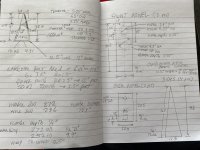
They sound fantastic. The stereo image is wide and full; they have more bass than a 10” in a straight dipole would produce, and they produce the warm ambient sound you expect from an Open Baffle design. You can't push them terribly hard in the bass (more of a jazz speaker than a rock speaker) but they certainly play a lot louder than if they were normal dipoles; they can play roughly as loud as if this same 10” woofer was in a sealed box.
The imaging is superb everywhere in the room, even standing right next to one speaker; and they are very transparent with great clarity.
On the back panel is also a Peerless 1" dome tweeter BC25SC06-04 for back fill - I find dipoles sound much better with full spectrum on both sides.
Below is the tweeter schematic. The tweeters are wired in series and the LC circuit reduces the sensitivity of the rear tweeter while making the front and rear tweeter curves match better. Woofers are wired straight to the LF amp.
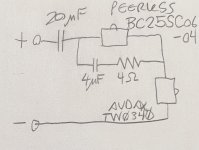
I built these two years ago, and a friend suggested that maybe it would be easier to just build a dipole with two separate woofers, instead of creating all of the baffling necessary to divide the output of one. So I did, and the result was the
Flanagangsters which I posted about 2 months ago.
I really enjoyed trying something unconventional and I encourage y’all to generate variations of this new enclosure type.
Perry Marshall
